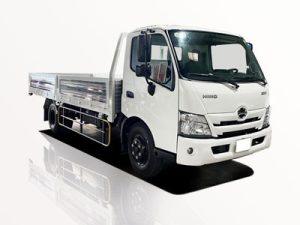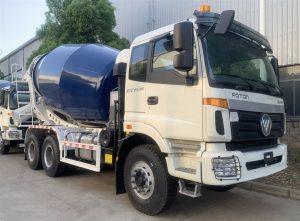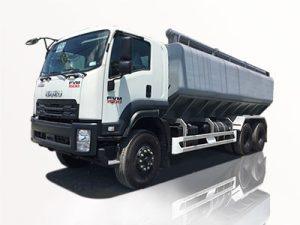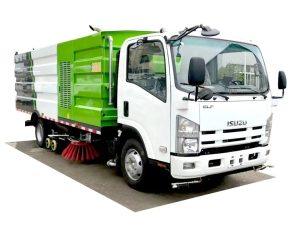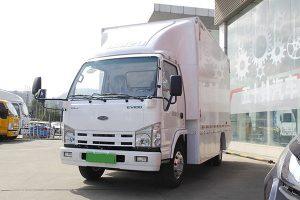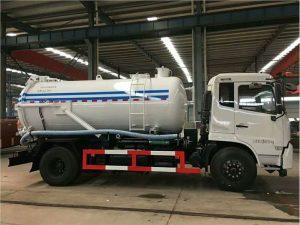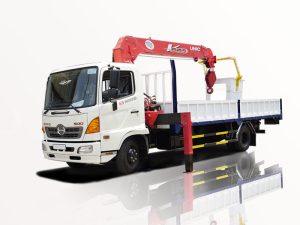Monday to Saturday - 8:00 -17:30
How is Milk Transported: A Comprehensive Guide
Milk is one of the most widely consumed beverages around the globe. Understanding how milk is transported from farms to consumers is essential for appreciating its journey and ensuring its quality. This article delves into the fascinating world of milk transportation, exploring the methods, equipment, regulations, and challenges involved in this critical process.
Understanding the Milk Supply Chain
The transportation of milk is integral to the dairy supply chain. The journey from farm to table involves multiple steps and numerous stakeholders. This section will outline the key players in the milk supply chain.
Farmers and Dairy Producers
At the beginning of the supply chain are the farmers, who milk cows, goats, or other dairy animals to produce raw milk. They are responsible for maintaining animal health, managing feed, and ensuring the overall quality of the milk.
Transportation Companies
Specialized transportation companies handle raw milk logistics. They are responsible for collecting milk from farms, transporting it to processing plants, and ensuring the milk remains fresh throughout transit.
Processing Plants
Once at the processing plant, milk undergoes pasteurization, homogenization, and packaging. Transport logistics become crucial here, as product safety and quality must be maintained until it reaches retailers.
Retailers and Distributors
Retailers sell milk to consumers, and distributors help to deliver milk products to grocery stores, restaurants, and other outlets. They play an essential role in the final stages of the milk transportation process.
Transportation Methods for Milk
Milk can be transported using various methods, each with distinct advantages and challenges. Here are the primary transportation methods for milk.
Bulk Milk Transport
Bulk milk transport is the most common method used to move large quantities of raw milk. Specialized vehicles, known as milk tankers, are employed for this purpose.
Milk Tankers
- Design: Milk tankers are specially designed stainless steel trucks equipped with insulated tanks to maintain the milk’s temperature.
- Capacity: They can hold thousands of liters of milk, maximizing efficiency for commercial transportation.
Milk Transportation Containers
For smaller quantities of milk, such as for local deliveries, specialized containers are often used. These can include insulated bottles or cartons to keep milk fresh during transit.
Packaging Types
| Packaging Type | Description | Common Uses |
|---|---|---|
| Plastic Bottles | Lightweight and reusable, these bottles are great for retail. | Consumer markets |
| Cartons | Typically made of cardboard with a plastic lining, cartons are easy to stack and transport. | Supermarkets |
| Glass Bottles | Eco-friendly and good for premium products. | Organic markets |
Refrigerated Transport
Refrigerated trucks are essential for maintaining the cold chain during transportation. Refrigeration is crucial for preventing spoilage and bacterial growth.
Cold Chain Management
- Temperature Control: Milk should be kept below 4°C (39°F) to preserve its freshness.
- Monitoring: Many refrigerated trucks come with built-in temperature monitoring systems.
The Transportation Process: Step by Step
The journey of milk from farm to consumer can be broken down into several key steps. Each stage is vital for ensuring that the milk remains safe and high in quality.
Step 1: Collection from Farms
Dairy farmers use milking machines to extract milk, which is then stored in refrigerated tanks until collected. Transport vehicles arrive to collect milk regularly, often daily or every few days, depending on demand.
Step 2: Transport to Processing Facilities
Once collected, the milk is transported to a processing facility where it is pasteurized. This step kills harmful bacteria while preserving nutritional value. Transporters must ensure that the milk remains cold during this journey.
Step 3: Processing and Packaging
At the processing facility, milk may undergo various treatments such as separation and homogenization. After processing, milk is packaged in market-ready forms such as bottles and cartons.
Step 4: Distribution to Retailers
Processed milk is loaded onto refrigerated trucks and distributed to grocery stores, supermarkets, restaurants, and cafes. This step requires scheduling to ensure freshness and reduce waste.
Step 5: Retail and Sales
Retailers must manage inventory properly to minimize spoilage. They often utilize quick turnover strategies to sell milk before its expiration date.
Maintaining Quality and Safety Standards
Ensuring the quality and safety of milk during transportation is paramount. There are various regulations and best practices in place to facilitate this.
Food Safety Regulations
Entities such as the Food and Drug Administration (FDA) and the European Food Safety Authority (EFSA) set strict regulations for milk transportation. These guidelines outline temperature controls, sanitation practices, and personnel training requirements.
Hygiene Practices in Transport
- Cleaning Procedures: Vehicles and containers must be regularly sanitized to prevent contamination.
- Personnel Training: Staff should receive training in hygiene practices related to food safety.
Challenges in Milk Transportation
Milk transportation faces several unique challenges that can impact quality and efficiency. Understanding these challenges helps stakeholders develop solutions.
Temperature Fluctuations
Maintaining the cold chain is essential, yet temperature fluctuations can occur due to equipment failure or human error. This can lead to spoilage and loss of product quality.
Logistical Complexities
The dairy supply chain is complex and requires careful planning. Delays in transportation can lead to overstock or shortages, affecting both producers and consumers.
Regulatory Compliance
Keeping up with ever-evolving food safety regulations can be a challenge for milk transport companies. Regular audits and training are necessary to ensure compliance.
Best Practices for Milk Transportation
Implementing effective strategies can make milk transportation more efficient and ensure product quality. Here are some best practices for stakeholders in the milk transport industry.
Use of Technology
Modern transportation technologies can help stakeholders manage logistics more effectively. Here are a few examples:
- GPS Tracking: Allows real-time tracking of shipments.
- Temperature Sensors: Provide alerts if temperatures rise above acceptable levels.
Regular Maintenance of Equipment
Transport vehicles should undergo regular maintenance to ensure optimal performance. Checkups should include:
- Inspections of refrigeration systems
- Structural integrity assessments of containers
Training and Certification
Providing regular training to staff engaged in milk transportation ensures they are aware of best practices and safety regulations.
The Future of Milk Transportation
As technology continues to advance, the future of milk transportation looks promising. Innovations in logistics, eco-friendly practices, and consumer demand for transparency are shaping the future.
Innovations and Automation
Automated systems, including drones and autonomous vehicles, are being explored for transporting dairy products, offering potential benefits in efficiency and speed.
Sustainability Initiatives
With growing awareness of environmental issues, the dairy industry is working on sustainable practices that include carbon-neutral transportation methods and improved efficiency.
Frequently Asked Questions (FAQs)
1. How long can milk be transported without spoiling?
Milk can typically be transported for up to 48 hours if kept at the proper temperature (below 4°C or 39°F).
2. What equipment is used to transport milk?
Milk is usually transported in insulated milk tankers or containers that are refrigerated to maintain quality.
3. Is raw milk transported differently than pasteurized milk?
Yes, raw milk is handled with stricter regulations and requires faster transportation times to minimize bacterial growth.
4. What are the regulations for transporting milk?
Regulations include maintaining specific temperature standards, hygiene practices, and regular inspections of sanitation protocols.
5. Can milk spoil during transportation?
If not properly refrigerated, milk can spoil quickly due to bacterial growth, so maintaining the cold chain is crucial.
6. What are the challenges faced in milk transportation?
Challenges include temperature fluctuations, logistical complexities, and changing regulations that all affect the quality and safety of milk.


